Grooming your child
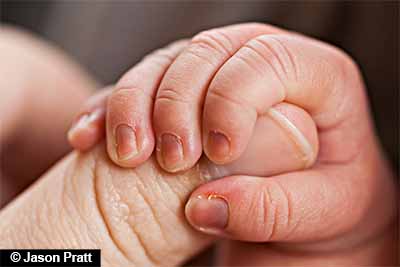
Grooming a human baby has not been tested at this point.
Go slowly, be cautious, and use your best judgment.
If the skin reacts; stop grooming the area until it heals and revise your technique.
On this page
Special care for newborn babies
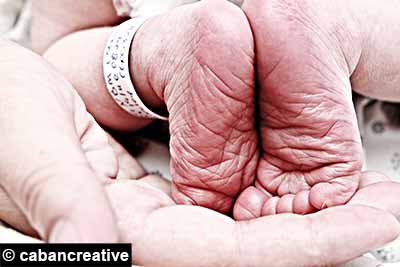
Motherly love
The newborn child's first grooming sessions remain the duty and the responsibility of the mother.
For the first months, only the mother has the necessary closeness to perform these delicate operations.
Two tasks await her:
• Right after birth, she has to take off the protective coat of «Vernix caseosa»,
• Then, for the first years, she should groom her baby with her fingers and nails in order to remove the folds on the body and face.
These gestures will create a greater proximity between the mother and her child.
Guided by her motherly instinct and her own grooming experience, she will find out by herself when and how to execute these important assignments.
Humans are born folded

You won't search long before finding folds on a baby's body.
Some are clearly visible as they furrow through the immaculate skin.
But when did these folds first appear?
Some of the folding, such as the vertical folds, seems to be part of the fetus development process.
For example, during its growth, the fetus expands in two symmetrical halves with a clearly visible center line.
This means that the center fold is present from the very start of our life.
When the fetus starts moving, this creates still more folds.
Since its skin is folded so little, the fetus can do stunning facial expressions.
The flesh isn't attached to the skull yet.
At around four and a half months, thumb sucking starts.
The baby is, in fact, exercising its members in order to be ready to perform after birth.
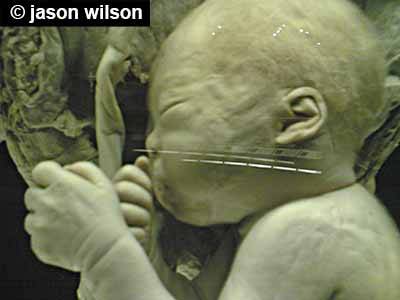
Its movements generate folds in the skin, mostly in the neck-shoulder-arm area and in the leg-hip area.
Ironically, babies who do a good job at thumb-sucking and exercising their members, in order to be ready to be breast fed after birth, are more folded.
Small problems during the pregnancy may produce several folds in the skin as the child grows up.
You can tell how folded a baby is at birth by evaluating how ugly it is.
Post-natal lick-grooming
A very special grooming should take place right after birth.
The mother is supposed to lick her baby clean.
That's what all primate moms do.
The newborn's skin is coated with «Vernix caseosa», a waxy white substance.

It may serve for skin protection in the womb and its lubricating properties may help the baby's exit.
It has to be removed completely.
As it is done now, the nurse, wearing rubber gloves, bathes the newborn lightly in lukewarm water or simply uses a face cloth.
The job is incomplete and unnatural for the baby, possibly cruel.
What better treatment would you want than having your mother's soft, warm tongue greet you into this world?
Making you nice and clean.
It may take one or two days to complete the task.
I'm convinced that Vernix caseosa is good-tasting.
Microbial flora
Licking the baby at birth has another major advantage.
Before birth, the child's microbial flora is virgin.
During the delivery, it takes part of the mother's imprint, but only where they touch.
This leaves some parts of the body available for foreign colonization.
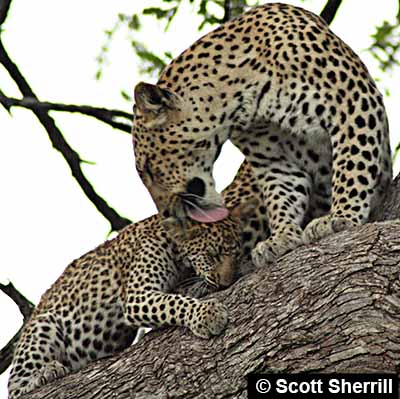
The mother's tongue can cover the whole body in detail and assure that they both have common bacteria.
Grooming your child
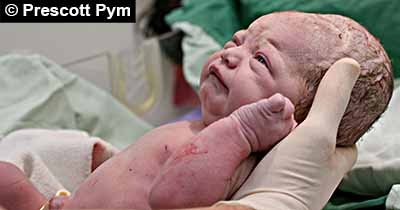
Baby's first grooming sessions
The special «licking» grooming, described above, does not replace regular grooming with the fingertips and nails.
It will take adventurous and dedicated mothers to try grooming the skin of their baby.
I'm convinced that if a mother already grooms herself, she should know what to do.
The baby's skin is so tender that every move has to be performed delicately and attentively.
Don't try to achieve too much in one grooming session, you don't want to irritate the baby's skin, nor its mood.
Instead, try to get the child to get used to and appreciate the care you give with your fingertips and nails.

Learn how to groom yourself first
Human grooming lets you use your nails and fingertips to remove dead cells and unfold the skin of your body and face.
The following video will get you started:

|
Human grooming rediscovered - Video |
Prudence and caution
Special precautions have to be taken when grooming a newborn baby.
The bones of the skull have not yet solidified and the skin is very sensitive.
Go gradually and cautiously.
Keep the pressure you exert two or three notches lower than when grooming yourself.
Rely on your instinct and be on the lookout for any reaction of the baby's skin and of the baby itself.
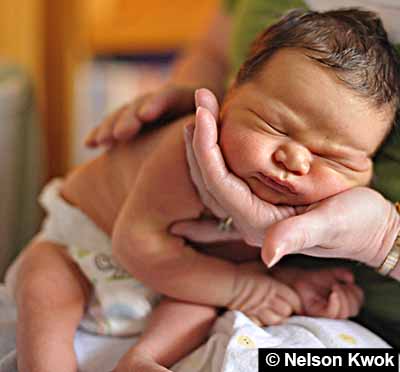
Be extremely attentive to any feedback from the child.
But, remember that you can always see a certain amount of fear and anxiety in the eyes of any primate while they are being groomed.
Go slowly, but daily.
How to proceed
Use both superficial and pressure grooming
Both pressure grooming and superficial grooming techniques should be employed to groom your child's skin.
You can switch freely from one method to the other.
Superficial grooming
Removing dead cells from the skin's surface
During your daily superficial grooming sessions, you want to gently scrape the whole surface of your baby's body with your nails, including any recess you may find.
Your goal is to remove the dead skin cells that are at the very top of the epidermis; not to dig in.
Yes, even if the skin is new, it is already thickening every day because epidermis cells pile-up here and there.
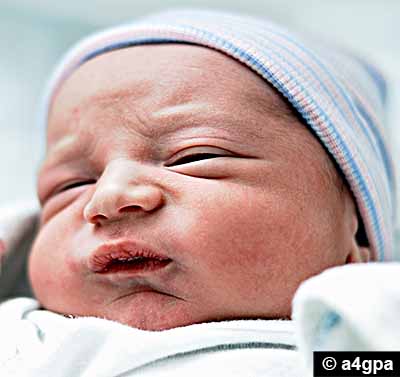
While performing this routine, you should only exert an extremely light pressure.
You want to rake and scrape the entire skin of the baby with swift, delicate superficial strokes, except for irritated areas.
Your moves should be so gentle that your nails barely touch the skin.
One way to keep this activity short and fun is to use as many fingers as you can to do the job.
Go with four-finger strokes anywhere it is possible and perform your gestures with both hands simultaneously.
In feature rich or problem areas, slow down and groom the skin carefully with one single finger.
The kid will probably feel tickled and take this activity as an amusing, short and intimate game.
Pressure grooming
Flattening features and deep folds
After an animated and joyous superficial grooming session, the mood may change when you switch to pressure grooming strokes.
Pressure grooming takes longer to accomplish and may be a bit annoying at times.
Moreover, you quite possibly may hurt the child at some occasions, because of your inexperience and of the difficulty of grooming someone else.
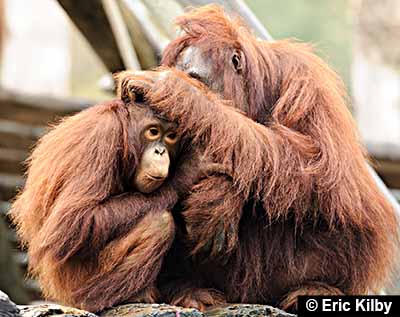
Skin flattening basics
Repeatedly pressing on the flesh, while putting very little pressure on your fingertip, doesn't hurt.
Each pressure stroke usually lasts between two and five seconds and they are applied close to one another.

In the long run, this simple gesture will unfold and completely free the skin, but you may need to use your nail in some place.
You want to slowly accustom your baby to feeling your finger gently pressing on her or his skin.
Looking for hardness inside the child's skin
• Place the flat of your fingertip anywhere on your child's skin and apply a slight pressure for two to five seconds.
• Cover the child's skin with these pressure strokes. You'll discover hardened elements inside the baby's flesh; those are folds and their crossings.
• Gently flatten the hardness; you're in no rush. You have months in front of you.
• Make a mental note of every imperfection or hardness you encounter and appreciate its size and form in order to create a map of all the folds on your child's body.
Searching for weak spots in the folds
Any skin structure has its weak spots.
Start by finding a hardened skin formation:
• Press your fingertip into the baby's skin and locate a hardened element.
• Determine its the shape and disposition.
You want to press on the most structurally unstable part of it, usually situated:
• At the top of the mounds and bulges or,
• At the bottom of pits and grooves.
Working on bumps is easier so, when you find one:
• Look for its center or its highest point,
• Gently crush it with an extended (5 to 15 seconds) pressure stroke.
Don't do too much in one day.
You'll rework that spot tomorrow.
• Move your finger elsewhere and repeat the procedure.
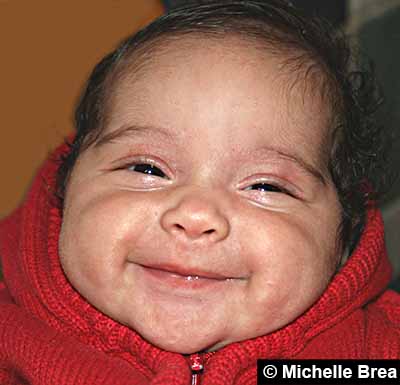
Where are the folds on a baby's body?
Fetal impressions
For the first few hours or days of its life, the newborn's skin is still wet and highly hydrated.
It takes about three days for the baby to dry out.
Since human babies are left ungroomed, their folds become engraved for life.
They form what I call the «fetal mask», on the face, and the «fetal straitjacket», on the rest of the body.

The fetal mask - Folds in the face
Those are the facial folds of childhood, dried out and hardened, that are now etched-in, marked and visible on the face of a grown-up person.
When you look at an adult face, you can observe the fetal mask; a baby's face, beneath the mature features.
It's as if they had two superposed faces; a young and an old one.
Here are basic fetal mask characteristics:
• The dried out baby's chin has moved up and has become a plate at the bottom front of the chin.
• A horizontal fold in the middle of the chin.
• The sucking folds going down the sides of the nose to the sides of the mouth and down each side of the chin.
• The two parallel folds in the center that go between the nose and the upper lip.
• The wings of the nose.
• The pockets below and around the eyes.
• Curves in the hairline.
• ...

The fetal straitjacket - Folds on the body
Those are the circular folds from birth engraved on the body.
You can see part of them; they are the numerous large folds located around every articulation on your body.
Plastic dolls often have articulated members with visible joints.
Most fetal straitjacket folds are placed in similar positions.

It's important to understand that the fetal straitjacket folds were created when the fetus was still very small, months before birth.
When the body grows, the folds remain and keep their size as they strangle the articulation more and more.
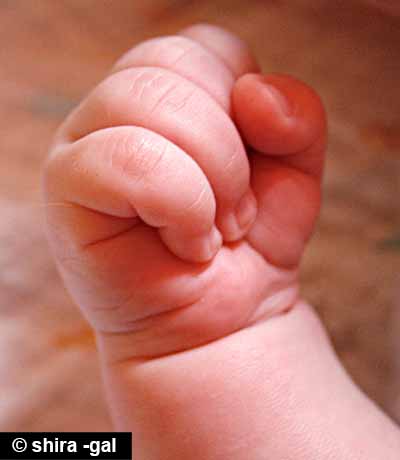
Take your wrist for example, the same folds you see today started out when its circumference was only a tiny fraction of what it is now.
Your growth tightens the straitjacket deeper and deeper into your skin.
Hurting more and more.
Children grooming themselves
And the baby starts grooming
Be on the lookout for the first signs that your child is self-grooming.
I would expect this event to happen sooner rather than later.
Of course, this is 100% normal.
However, you have to monitor and observe the baby's moves to see if it is done properly.
There is a danger that the child may develop unhealthy habits such as scratching or auto-mutilation.
Your guidance is necessary if you want a good transition from «being groomed» to «grooming oneself».
Teaching grooming
Though grooming is an instinct, we all know it can be lost.
Parents grooming their child represent the normal transmission method from one generation to another.
Captive primates do not groom right if removed from their mothers.
I don't know at what age a baby should take over grooming chores from the parents.
One thing is sure, a well-groomed kid will basically know how to do it instinctively, but your teaching, checking and support seem essential.
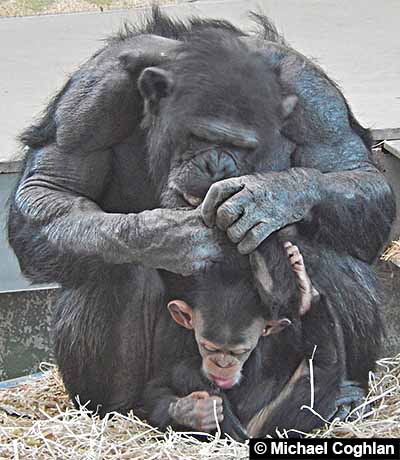
Teaching grooming isn't very complicated, you essentially want to:
• Observe and inspect your baby's moves,
• Coach and guide the child,
• Show new techniques.
Your task depends greatly on how your baby behaves, so you can't plan it.
This is another occasion for closeness and bond with your child.
Taming nervous habits
Childhood is a time when it is easy to develop bad habits and nervous behaviors.
I remember that, as a child, I would suck my thumb, bite my nails, press my nails forcibly onto the side of my fingers, ...
My parents had to patiently convince me and guide me to help me cease those bad habits.
Stopping biting my nails, at that age, was as difficult as quitting smoking later in life.
Scolding isn't the right attitude; reasoning, perseverance and complicity get much better results.
If you see that your child's actions are nervously, rather than logically, motivated, you must intervene.
Correct the shortcomings and flaws in the baby's grooming technique by performing the same moves in a correct manner on her or him.
Make sure you explain and justify why your behavior is preferable.
Additional theory
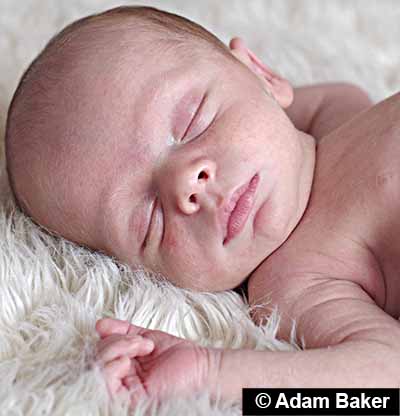
Neoteny and grooming
Neoteny is the faculty, in an animal species, to conserve juvenile traits into adulthood.
Grooming lets you attain those results, but it conveys new perspectives;
• In grooming, neoteny is organized into a complete system which includes the tools (nails) and the sensations, coming from the skin, needed to get the job done.
• It shows that the animals themselves have their role to play in this process.
They are responsible, to a great extent, for their aging or rejuvenating.
Racial features
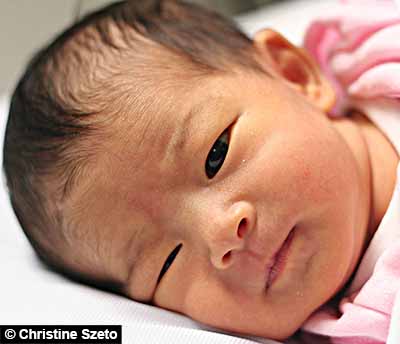
I know that what I'm writing here is highly controversial and unproven.
I theorize that most facial features that are considered as racial are simply due to a lack of grooming.
They originate from small differences in the shape of the skull, but are magnified by the folding.
Here are some examples:
• Some racial types have a flattened nose. Well, there is no reason for a groomed nose to be flat. You have to groom the horizontal folds that pass at center nose, and start right after birth.
• Asian eyes have slanted corners, and grooming the folds at the extremity of the eyes after birth (or later) would eliminate this racial feature.
I'm convinced that we are much more similar than we thought we were.
|
|
Next page
|